Plenary lectures are invited 45minutes lectures to be held without other parallel activities. The lectures will be broad surveys of recent major developments in the neurorehabilitation field.
Confirmed Plenary Speakers
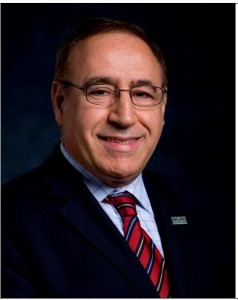
University of Houston, USA
Metin Akay received his B.S. and M.S. in Electrical Engineering from the Bogazici University, Istanbul, Turkey in 1981 and 1984, respectively and a Ph.D. degree from Rutgers University in 1990. He is currently the founding chair of the new Biomedical Engineering Department and the John S. Dunn professor of biomedical engineering at the University of Houston. He has played a key role in promoting biomedical education in the world by writing and editing several books, editing several special issues of prestigious journals, including the Proc of IEEE, and giving several keynote and plenary talks at international conferences, symposiums and workshops regarding emerging technologies in biomedical engineering. He is also the founder director of the US-Turkey Advanced Institute on Healthcare, sponsored by the NSF and endorsed by the NAE.
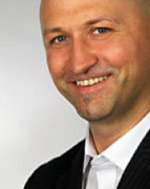
Medical University of Vienna
Prof. Aszmann joined the Division of Plastic Surgery in Vienna, Austria in 1998 where he now holds the position of Associate Professor of Plastic and Reconstructive Surgery. Both his research and clinical focus have always been peripheral nerve reconstruction and extremity/hand rehabilitation. Since 2006 he has entered a close collaboration with the company Otto Bock to explore the possibilities and limits of bionic reconstruction which has now led to the establishment of a Center for Extremity Reconstruction and Rehabilitation. This Center has at its core interest the recovery and rehabilitation patients with impaired extremity function.
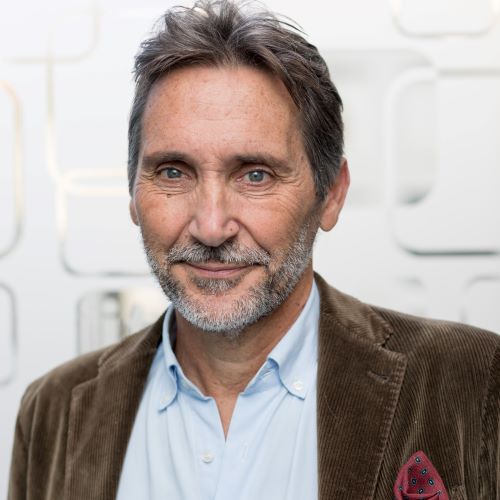
Istituto Italiano di Tecnologia
Antonio Bicchi is a scientist interested in Robotics and Machine Intelligence. After graduating from the University of Bologna, he has been with the MIT AI Lab in Cambridge, USA, and is now Professor of Robotics at the University of Pisa, Dept. of Information Engineering. Since 2009 he leads the Soft Robotics Lab at the Italian Institute of Technology in Genoa, and from 2013 he is Adjunct Professor at Arizona State University in Tempe, Arizona.
He has published more than 500 peer reviewed papers on international journals, books, and refereed conferences. His 2012-2017 ERC Advanced Grant “SoftHands” established the basis for the theory of soft synergies in human manipulation, led to the design of a new generation of robotic and prosthetic hands, and contributed to establishing the new field of “soft manipulation”. In 2017 he ran an ERC Proof of Concept project to explore the applicability of advanced soft robotics solutions to prosthetics. The ERC Synergy project “Natural BionicS”, starting in 2019, will produce the first completely integrated bionic limb system with direct spinal interfacing.
Antonio Bicchi has organized and co-chaired the First WorldHaptics Conference (2005), starting the major series of gatherings of haptic researchers worldwide. In 2016, as the Founding Editor in Chief, he launched a new IEEE Journal, the Robotics and Automation Letters, which in only two years became the major scientific publication in the field.
Antonio Bicchi is the recipient of several awards and honors. He is a Fellow of IEEE since 2005, and has received the prestigious IEEE Saridis Leadership Award in 2018.
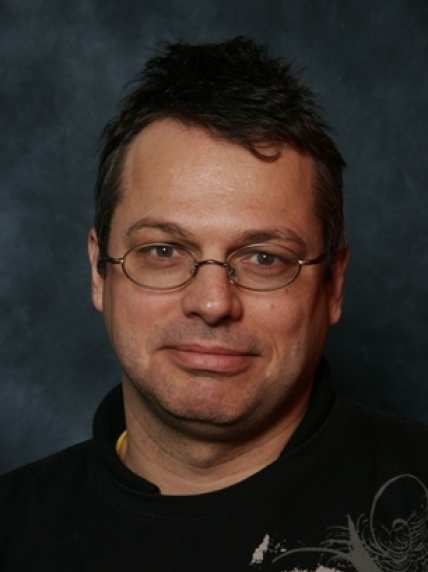
Imperial College London
Title: Interaction control in humans and with robots
My talk will present some of our attempts to i) understand how humans skilfully interact with their environment, and ii) endow robots with similarly successful control behaviours. Twenty years ago, we discovered how humans constantly adapt their muscle activations to identify and adapt to the dynamic environment they are working with. I will first present this discovery and how it led to novel adaptive control behaviours for robots, which will enable them to interact with rigid and soft environments, with perspective in fields such as manufacturing and medical robotics. In recent years, we studied how humans physically interact with each other, e.g. during physical neurorehabilitation after a stroke or while dancing. By examining the behaviours of individuals when their right hands are physically connected, we could show how haptic information enables humans to estimate partners’ motor plan and use it to improve one own performance. Embodied as a robot partner, this model was verified as it induced the same improvements in motor performance as a human partner. These results elucidate the haptic communication taking place between physically interacting humans and promise collaborative robot systems with human-like assistance.
Related publications:
– E Burdet, DW Franklin and TE Milner (2013), Human Robotics – neuromechanics and motor control. MIT Press,
– Y Li, G Ganesh, N Jarrassé, S Haddadin, A Albu-Schaeffer and E Burdet (2018), Force, impedance, and trajectory learning for contact tooling and haptic identification. IEEE Transactions on Robotics 34(5): 1170-82.
– A Takagi, G Ganesh, T Yoshioka, M Kawato and E Burdet (2017), Physically interacting individuals estimate the partner’s goal to enhance their movements. Nature Human Behaviour 1(3): 54.
– Y Li, G Carboni, F Gonzalez, D Campolo and E Burdet (2019), Differential game theory for versatile physical human–robot interaction. Nature Machine Intelligence 1(1): 36.
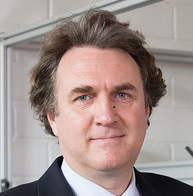
Universita’ di Messina
Title: Muscle synergies for motor control, motor learning, and neurorehabilitation
Andrea d’Avella obtained a B.Sc. in Physics at Milan University, and a Ph.D. in Neuroscience at MIT in 2000. In 2003 he joined the Laboratory of Neuromotor Physiology at Fondazione Santa Lucia, Rome, Italy. Since 2015 he is Professor of Physiology in the Department of Biomedical, Dental Sciences and Morphofunctional Imaging at the University of Messina, Italy. His research over the years has focused on different aspects of sensorimotor control and learning, in healthy subjects and after neurological lesions. Current interests include muscle synergies and motor skill learning, inter-individual differences in real-life motor skills such as catching and throwing, applications of myoelectric control and virtual reality to neurorehabilitation.
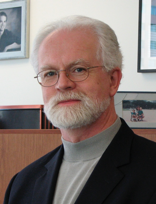
Professor and Chair. Department of Physical Therapy and Human Movement Sciences. Feinberg School of Medicine
Professor of Biomedical Engineering and Phys. Med. & Rehab. Northwestern University, Chicago.
Adjunct Professor Biomechanical Engineering, TU Delft & University of Twente, The Netherlands
Title: Evidence for an increased dependence on contralesional corticoreticulospinal pathways: maladaptive plasticity following a unilateral brain injury?
Abstract: The main goal of this presentation is to discuss possible neural mechanisms underlying the loss of independent joint control or synergies and flexor hypertonicity in the paretic arm/hand following a unilateral brain injury. Furthermore, novel treatments using a combination of neurophysiological and engineering techniques to reduce the effects of especially the flexor synergy will be discussed. I will present evidence for the loss of independent joint control in the paretic limb of individuals with stroke during isometric multi-degree of freedom load cell measures and during movements in haptic environments. Furthermore, the relationship between the loss of independent joint control and cortical reorganization using high-resolution EEG combined with peripheral robot-mediated quantitative measures of losses of independent joint control. The possibility of an increased reliance on bulbospinal pathways, especially the reticulospinal pathway, following the loss of brain injury induced corticospinal projections will be discussed. Additional research I will briefly discuss involves the study of quantitative computer driven visual and haptic feedback techniques that seek to improve the ability to produce the necessary torque combinations for reaching and retrieval motions with the paretic arm/hand using novel bio-robotic approaches. We are also working on man machine interfaces and on pharmacological interventions that seek to alter brain, spinal and/or brainstem neuronal excitability. Concurrently, we have been studying the impact of time of injury (pre-, peri- versus post- natal brain injuries) on motor impairments in childhood hemiparesis. Up-regulation of reticulospinal motor pathways is believed to be the source of altered spinal reflex activity (spasticity) and the loss of independent joint control may very well be an important cause for movement discoordination observed in stroke and postnatal childhood hemiparesis.
Biosketch: Dr. Dewald received a Bachelor’s and Master’s degree in Physical Therapy and Motor Rehabilitation from the Vrije Universiteit Brussel, Brussels, Belgium in 1978 and 1980, respectively and PhD in Neurophysiology and Biophysics in 1992 from Loma Linda University, Loma Linda, California. From 1988-2001 Dr. Dewald worked as pre-doctoral investigator, subsequently as a post doc, clinical assistant professor and finally as a senior clinical research scientist in the Rehabilitation Institute of Chicago (now called the Shirley Ryan Abilities Lab). From 2001 to 2005 Dr. Dewald worked as tenure-track assistant professor in the departments of Physical Therapy & Human Movement Sciences (PTHMS), Biomedical Engineering (BME) and Physical Medicine & rehabilitation (PM&R) at Northwestern University. He became chair and associate professor in PTHMS and associate professor in BME and PM&R in 2006. In 2010, Dr. Dewald became full professor in PTHMS, BME and PM&R. Dr. Dewald is the director of the neuroimaging and motor control laboratories and his research is funded by the National Institutes of Health (NIH), the National Science Foundation (NSF) and the American Heart Association (AHA). He has worked for over 20 years in the area of characterizing mechanisms underlying the loss of independent joint control and spasticity following brain injury due to stroke and cerebral palsy using a number of engineering techniques.
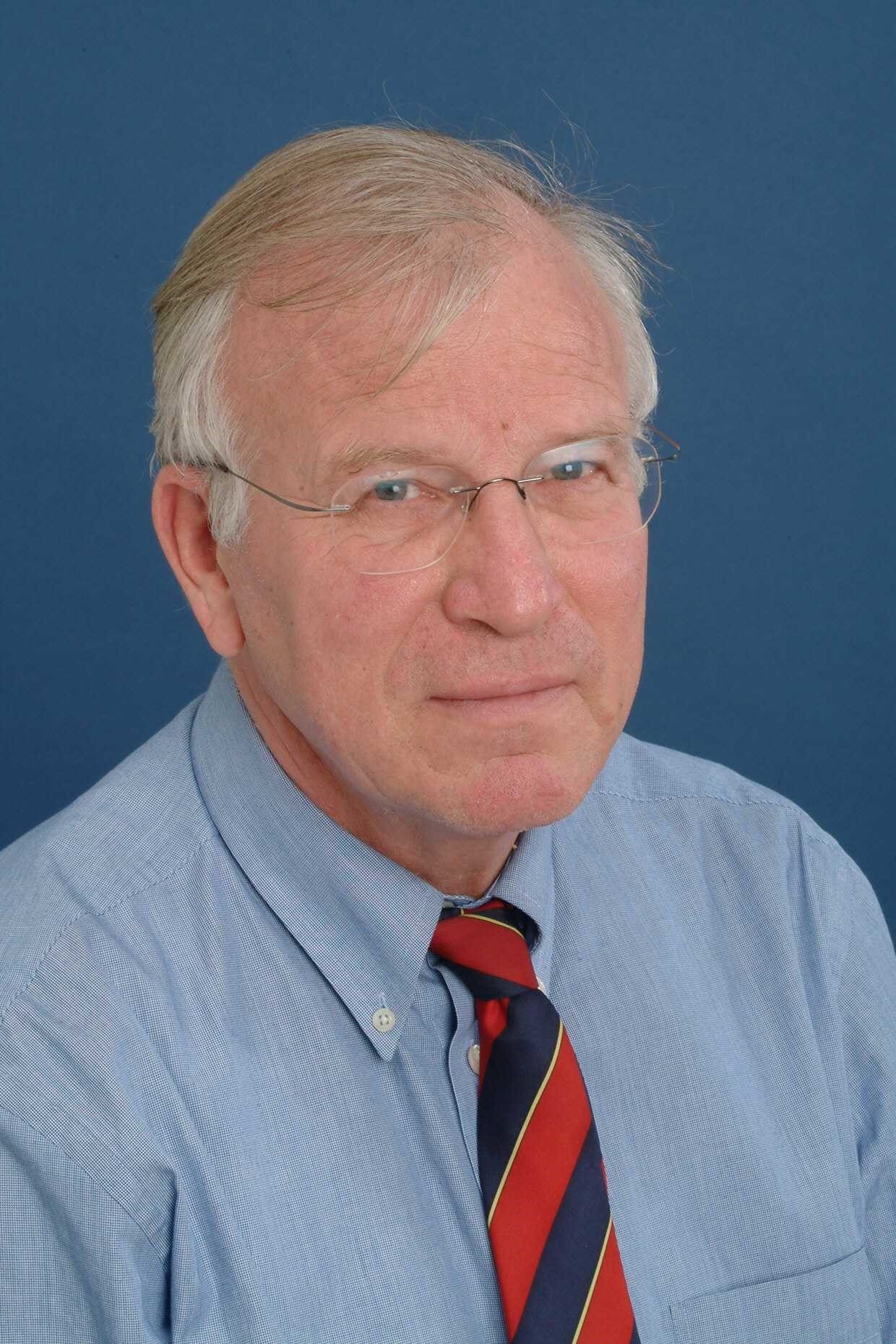
University of Zürich
Title: Physiological Basis of Neurorehabilitation
Volker Dietz, neurologist, is the former Head of the Spinal Cord Injury Centre and of the Chair for Paraplegiology at the University of Zürich. His research is focused on the physiological basis of motor control and movement disorders in stroke and spinal cord injury. It was associated with fellowships in the National Institute for Neurology, Queen Square, London and in the Institute of the Problems of Information Transmission of the Academy of Sciences, Moskow His main achievements were: 1. to create the European network of paraplegic centers (EMSCI; 2. the translation of Nogo-antibodies in the clinical application (phase I, with Martin Schwab and the Novartis company); and, 3. the establishment of neurorehabilitation technology (development of the assistive device ‘Lokomat’ with G Colombo; spin-off company ‘Hocoma’). Dr. Dietz published more than three hundred original papers, edited 4 Handbooks, received highly recognized honors and awards. As emeritus Professor he continues his research at the University Hospital Balgrist in Zürich towards the neural basis of functional movements with the aim to develop of new training approaches, such as locomotor and functional hand training for patients with stroke.
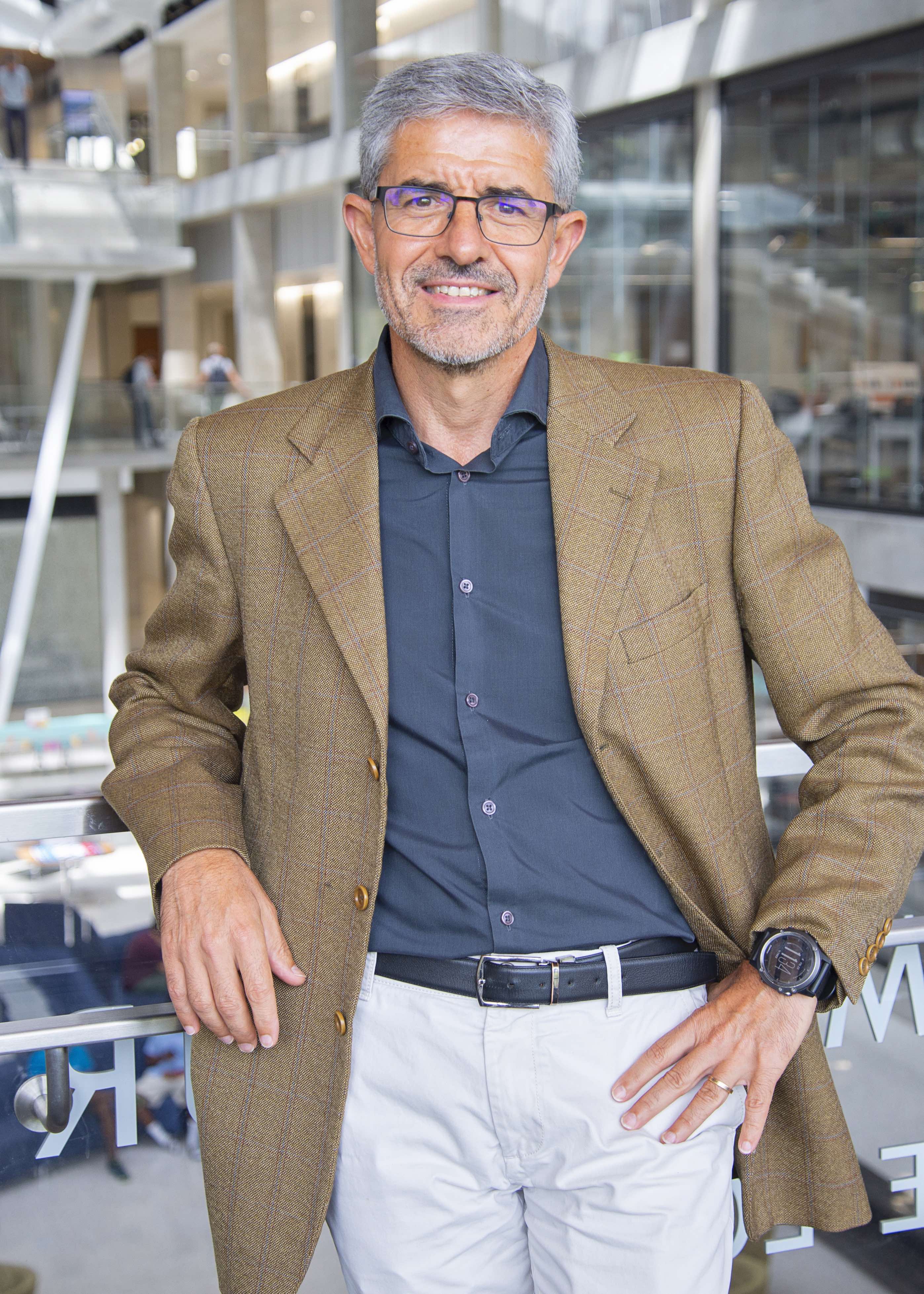
École Polytechnique Fédérale de Lausanne, EPFL
Title: Promoting Plasticity and Acquisition of Brain-Computer Interface Skills: The Role of Training and Feedback
Dr. José del R. Millán is a professor and holds the Carol Cockrell Curran Chair in the Department of Electrical and Computer Engineering at The University of Texas at Austin. He is also a professor in the Department of Neurology of the Dell Medical School.
He received a PhD in computer science from the Technical University of Catalonia, Barcelona, in 1992. Previously, he was a research scientist at the Joint Research Centre of the European Commission in Ispra (Italy) and a senior researcher at the Idiap Research Institute in Martigny (Switzerland). He has also been a visiting scholar at the Universities of Berkeley and Stanford as well as at the International Computer Science Institute in Berkeley. Most recently, he was Defitech Foundation Chair in Brain-Machine Interface at the École Polytechnique Fédérale de Lausanne in Switzerland (EPFL), where he helped establish the Center for Neuroprosthetics
Dr. Millán has made several seminal contributions to the field of brain-machine interfaces (BMI), especially based on electroencephalogram signals. Most of his achievements revolve around the design of brain-controlled robots. He has received several recognitions for these seminal and pioneering achievements, notably the IEEE-SMC Nobert Wiener Award in 2011 and elevation to IEEE Fellow in 2017. In addition to his work on the fundamentals of BMI and design of neuroprosthetics, Dr. Millán is prioritizing the translation of BMI to end-users suffering from motor and cognitive disabilities. In parallel, he is designing BMI technology to offer new interaction modalities for able-bodied people.
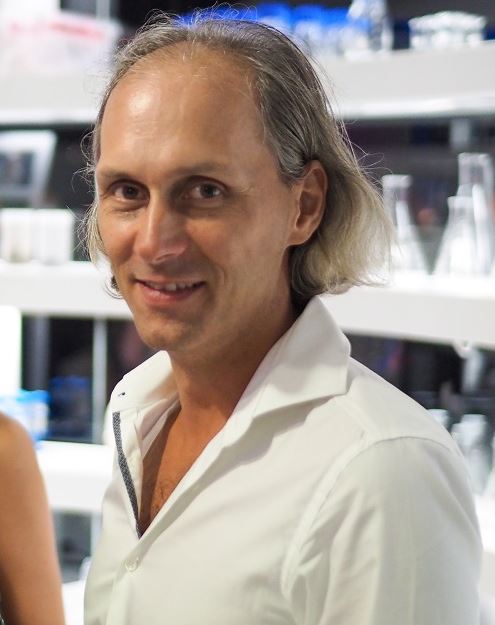
g.tec medical engineering GmbH, Guger Technologies OG, g.tec medical engineering Spain SL, g.tec
Title: Newly approaching invasive and non-invasive brain-computer interface applications.
Christoph Guger, PhD, studied biomedical engineering at the University of Technology Graz, Austria and Johns Hopkins University in Baltimore, USA. He then carried out research work at the Department of Medical Informatics (Prof. Pfurtscheller) at the University of Technology Graz and received his PhD degree in 1999. The topic of his PhD work was the design of an EEG-based brain-computer interface. This was the first real-time BCI system with continuous feedback. He also developed the real-time analysis with common spatial patterns, which is still the fastest and most accurate approach for oscillatory BCIs, and also developed a P300 BCI with very high accuracy and speed. In recent years, he also worked with ALS and stroke patients in different countries. He co-founded g.tec medical engineering GmbH in 1999, and has worked there ever since. Recently, Christoph Guger was awarded the internationally recognized EY Entrepreneur Award.
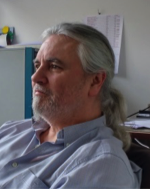
Cajal Institute, CSIC
Degree in Biological Sciences and PhD, Univ. Complutense of Madrid, Madrid, Spain
Staff Researcher, Itto Cajal – CSIC, Madrid, Spain
His early career involved training in in vivo electrophysiology (LFPs and evoked potentials) that he combined for the first time with microdialysis to study mechanisms of sensory input processing by the hippocampus. Dr. Carreras took a detour into translational research during a postdoc time in Somjen’s lab at Duke University (NC, USA) to study electro-physiological aspects of ischemia, epilepsy and migraine-related events that granted me experience in slow sustained field potentials and non-standard current generators in brain pathology. His team made notable contributions to the biophysics of spreading depolarization waves that characterize ictus and TBI, and the metabolic relation between neurons and glia; they proposed their failure as primary trigger of neuron death. They later developed an optimization of blind source separation techniques for analysis of intracerebral LFPs to obtain parallel readouts of pathway-specific activities, which has been successfully employed to check for sustained changes of activity upon synaptic plasticity, maturation of synaptic circuits, functionality of induced spinogenesis, and currently to the irradiation of abnormal activity from an epileptic focus into cortico-hippocampal circuits.
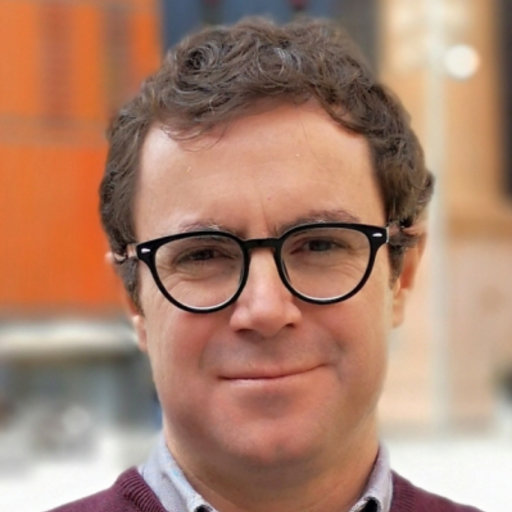
Universitat Pompeu Fabra
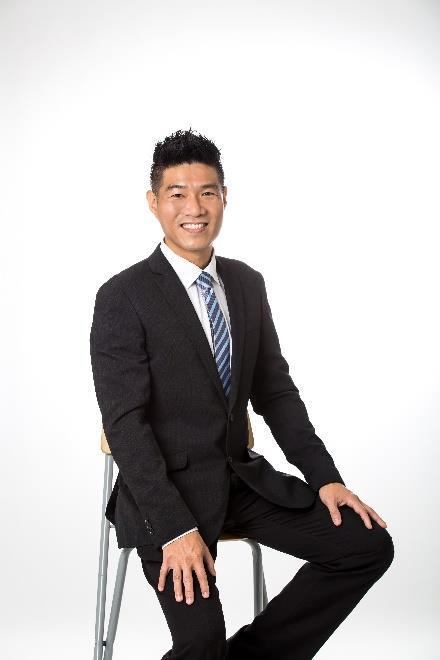
Fourier Intelligence, Singapore
Topic: Intelligent RehabHub – Future Rehabilitation with Technologies and Robotics
Zen KOH is the Co-Founder, Group Deputy CEO and Chief Strategy Officer for Fourier Intelligence’s Headquarter in Shanghai. Fourier Intelligence is a technology company providing exoskeleton robotics product and service for rehabilitation. Zen has extensive experience in providing leadership and management for organizations that provide medical devices, healthcare solutions, and services for people with disabilities, and consults regularly with executives from a variety of fields to help create synergistic solutions. In June 2012, Zen was nominated by MD+DI amongst the 40 under 40, future most influential industry leaders in MedTech, who are developing novel technologies and leading companies that will transform future healthcare system.
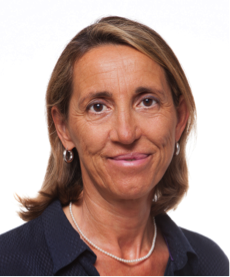
Fondazione Santa Lucia, IRCCS, Italy
Title: The promise of current Brain-Computer Interface-based approaches for recovery of neurological functions: evidence and implementation for clinical routine.
Prof. Donatella Mattia (MD, Neurologist, PhD in Neurophysiology of Movement Disorders, University of Rome “Sapienza”). She started her research career at the Montreal Neurological Institute McGill University, (Montréal Québec, Canada) focusing on in vitro electrophysiology of the cerebral/hippocampal cortex in animal models of epilepsy and human epileptic neocortex. She currently leads the Laboratory of NeuroElectrical Imaging and Brain Computer Interfaces at Fondazione Santa Lucia, IRCCS, Rome. Research interests are focused on clinical trial-validation of the EEG-based BCI technology as rehabilitation (mainly post-stroke) and assistive (severe ABI and disorders of consciousness) tool and on neurophysiological (EEG) signature of human motor and cognitive function/disfunction. Within these areas, she has (co)-authored more than 200 papers published in peer-reviewed journals. She was/is the scientific responsible in several national and EU projects all within this BCI translational research framework. She serves as reviewer for several scientific journals and international grant agencies; since 2019 she is Associated Editor of Frontiers in Neuroscience-BCI subspecialty. Since 2017 she is elected member of the BCI society board.
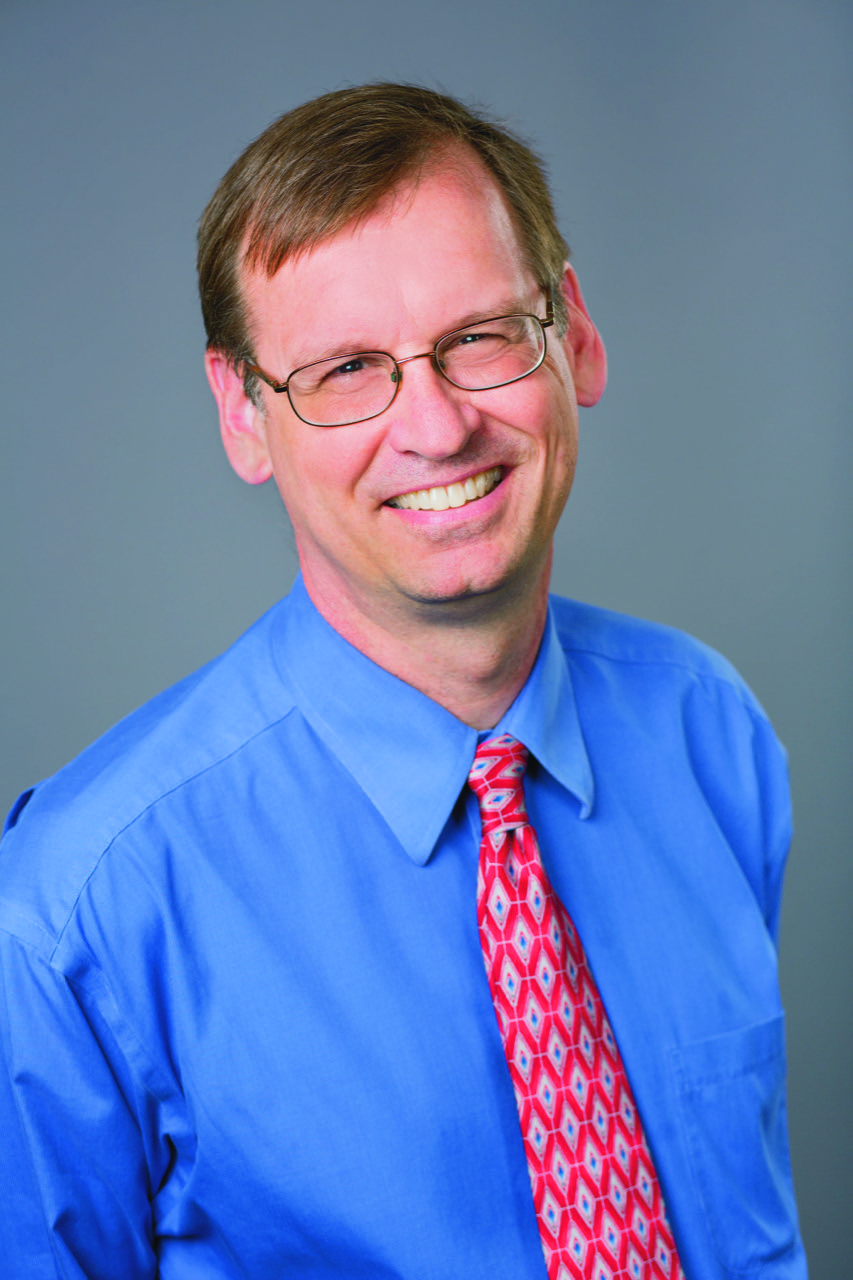
Northwestern University
Title: Cortically-controlled FES: a promising means to promote mobility and recovery following spinal cord injury
Dr. Lee E. Miller is a Distinguished Professor of Neuroscience in the Departments of Physiology, Physical Medicine and Rehabilitation, and Biomedical Engineering at Northwestern University. He was inducted into the American Institute for Medical and Biological Engineering in 2016 and is the current president of the Society for the Neural Control of Movement. Dr. Miller has had a career-long interest in the signals generated by neurons during arm movement. In the past 10 years, his lab has increasingly focused on translational research, including the use of brain machine interfaces to restore movement and sensation to spinal cord injured patients.
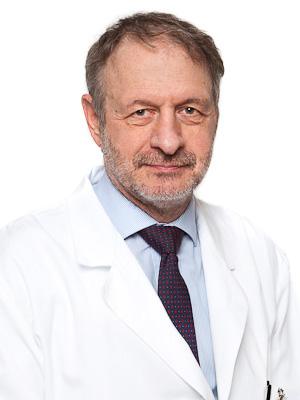
Fondazione Santa Lucia
Dr. Marco Molinari (Neurologist, Physical medicine and rehabilitation specialist, PhD in Neuroscience) is the Director of Neurorehabilitation Translational Researchand Clinic at IRCCS Fondazione Santa Lucia, Rome. The Department integrates Neuroscience research and clinical neurological rehabilitation units. The clinical ward is devoted to rehabilitation of patients with brain or spinal cord lesions in a multidisciplinary environment. Research activity span from basic science approaches in animal models to development and testing of new rehab approaches in humans. Dr. Molinari is author of over 150 articles published on indexed journals. SCOPUS H-index 45. He is Review Editor of The Cerebellum. Research activity has been always focused on brain plasticity mechanisms and functional recovery both at basic science and clinical levels.
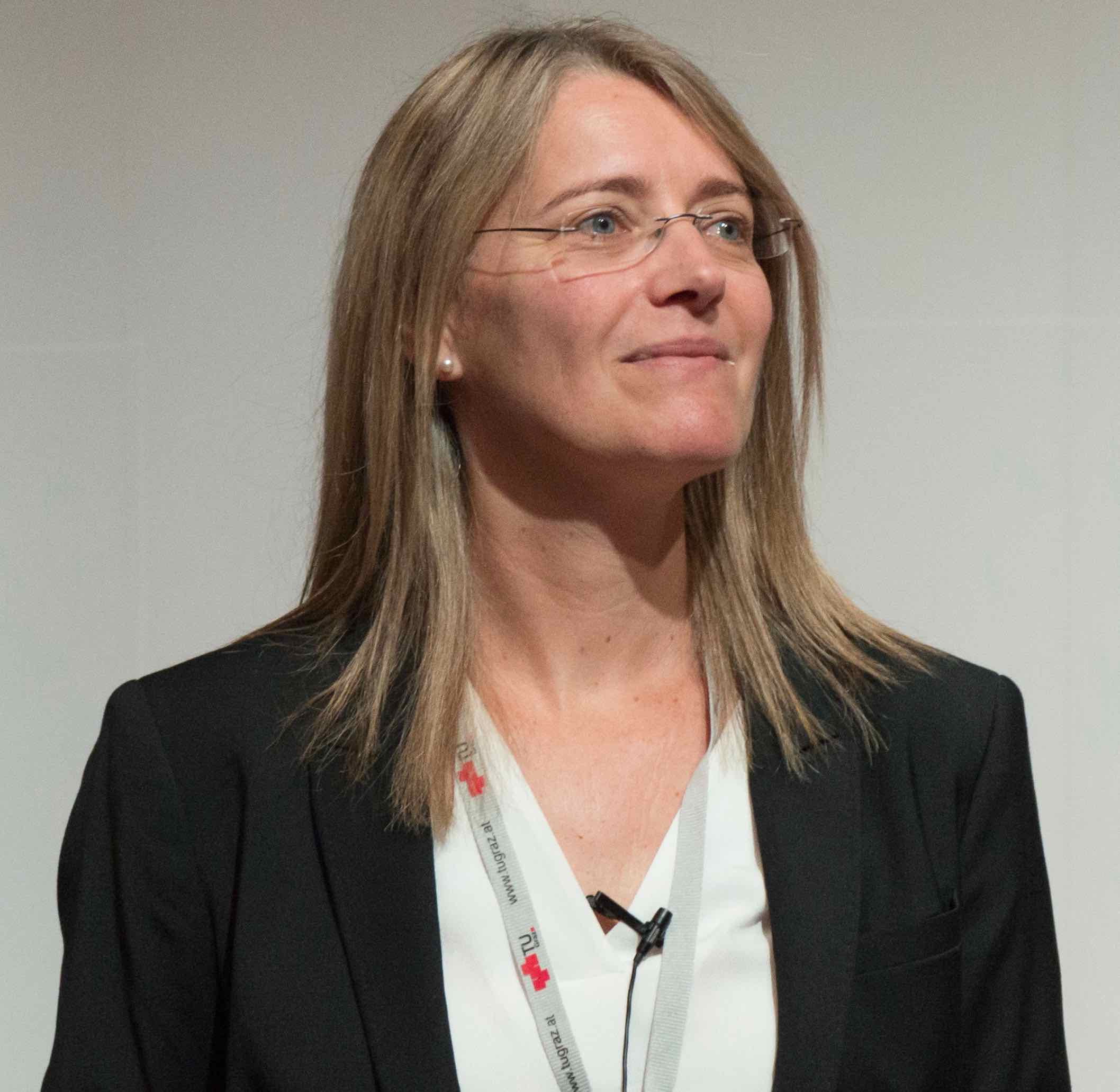
The University of Applied Sciences and Arts, Dortmund, Germany
Title: Brain-Computer Interface driven robotics to replace lost motor function
Professor Natalie Mrachacz-Kersting received her PhD in Biomedical Science and Engineering from The University of Aalborg, Denmark in 2005 and held several post-doc positions at the University of Auckland, New Zealand and Aalborg University, Denmark. From 2007 she was Associate Professor at the Center for Sensory-Motor Interaction, Aalborg University, until she moved to the University of Applied Sciences and Arts Dortmund, Germany as Full Professor in Neuroscience and Medical Technologies. Her research focuses on neurorehabilitation technology, and neural control of movement. Within these areas, she has (co)-authored approximately 70 papers in peer-reviewed Journals and >150 conference abstracts and papers. She was the recipient of the International Award in Brain-Computer-Interfaces in 2017 and has received several prestigious grants from the Innovation Fond of Denmark, Kong Christian den Tiendes Fond, Lundbeck Fond and the Obel Family Foundation of Denmark. She is currently Associate-Editor of several journals including Brain-Computer-Interfaces, the Scandinavian Journal of Medicine and Science in Sports and Brain-Computer Interfaces – specialty section of Frontiers in Human Neuroscience.
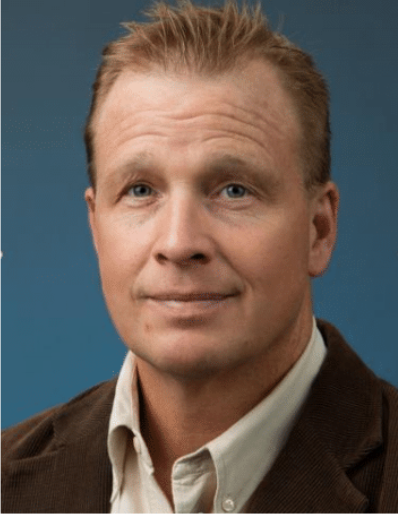
Professor of Bioengineering, University of Illinois at Chicago
James L. Patton received BS degrees in mechanical engineering and engineering science from the University of Michigan in 1989, MS degree in theoretical mechanics from Michigan State, in 1993, and the PhD degree in biomedical engineering from Northwestern University in 19 98. He is Professor of Bioengineering at University of Illinois at Chicago, and a senior research scientist at the Shirley Ryan AbilityLab. He worked in automotive manufacturing and in nuclear medicine before discovering the control of human movement. His general interests involve robotic teaching, dynamic balance control, haptics, modeling of the human – machine interface, and robot – facilitated recovery from a brain injury. Patton is vice president /conferences in the IEEE – EMB society, and Associate Editor of the IEEE Transactions on Biomedical Engineering, and IEEE Transactions on Medical Robotics and Bionics. He’s also Chair of the 2019 ICORR conference .

Northwestern University. Shirley Ryan AbilityLab (former Rehabilitation Institute of Chicago). Professor of Biomedical Engineering and Physical Medicine and Rehabilitation
Prof. Eric Perreault is a Professor at Northwestern University with appointments in Biomedical Engineering and Physical Medicine and Rehabilitation, and in the Sensory Motor Performance Program at the Rehabilitation Institute of Chicago. Eric received his B.Eng and M.Eng in Electrical Engineering from McGill University and his PhD in Biomedical Engineering from Case Western Reserve University. He completed a postdoctoral fellow in Physiology at Northwestern University, and was a Visiting Professor at ETH Zürich.
Eric’s research focuses on understanding the neural and biomechanical factors involved in the control of multi-joint movement and posture and how these factors are modified following neuromotor pathologies such as stroke and spinal cord injury. The goal is to provide a scientific basis for understanding normal and pathological motor control that can be used to guide rehabilitative strategies and user interface development for restoring function to individuals with motor deficits. Current applications include assistive devices for individuals who have suffered a stroke or spinal cord injury, and user interfaces for neuroprosthetic control.
Currently, Eric is an Associate Editor for the IEEE Transactions on Neural Systems and Rehabilitation Engineering, and serves on the editorial boards for the Journal of Motor Behavior and the Journal of Motor Control. He also is a member of the IEEE Technical Committee on Rehabilitation Robotics.
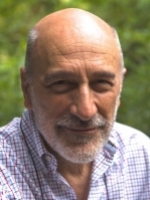
University of Florida, USA
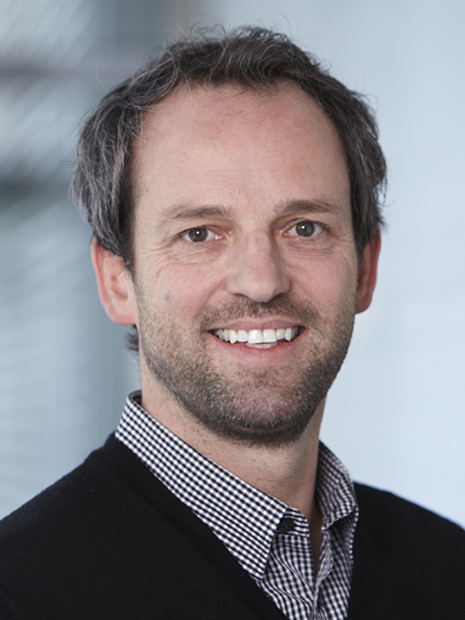
ETH Zurich
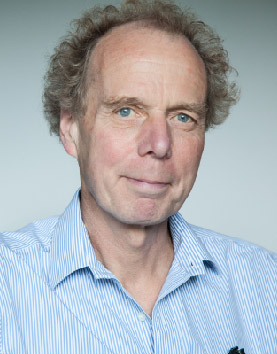
University College London
Title: Transcranial focussed ultrasound stimulation: a potential new tool in neuromodulation.
Prof. Rothwell is full professor in the “Sobell Department of Motor Neuroscience and Movement Disorders” and head of the “Physiology and Pathophysiology of Human Motor Control” laboratory. The Sobell department provides a world-class base for neurophysiological research into movement control and its disorders. Rothwell’s laboratory has a leading position in the investigation of the human motor physiology. His main area of interest is transcranial magnetic stimulation and motor control and he has pioneered the use of the paired-pulse stimulation technique for interhemispheric studies. He has written over 600 papers and numerous book chapters.
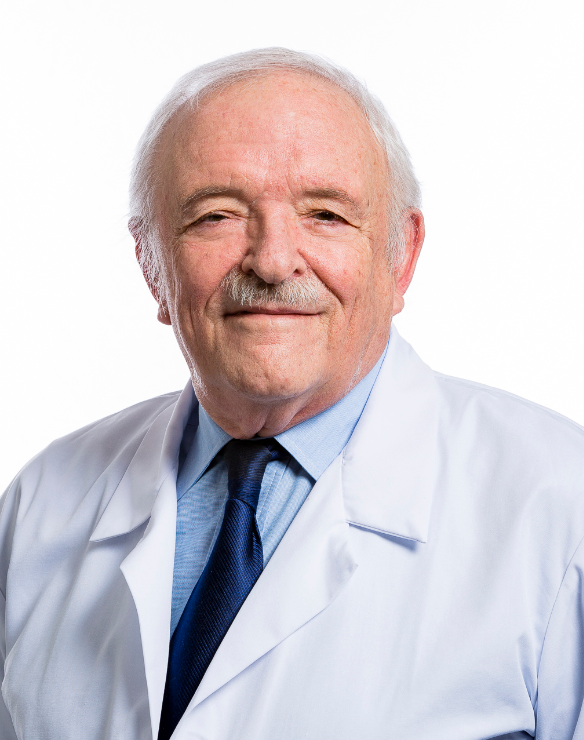
Director of the Single Motor Unit Laboratory at the Shirley Ryan AbilityLab (formerly the Rehabilitation Institute of Chicago)
Northwestern University – Chicago
William Zev Rymer, MD, PhD is Director of the Single Motor Unit Laboratory at the Shirley Ryan AbilityLab (formerly the Rehabilitation Institute of Chicago, or RIC). He served as the former Vice President for Research and the John G. Searle Chair of Rehabilitation Research at the RIC. Dr. Rymer has appointments as Professor of PM&R, Physiology, and Biomedical Engineering at Northwestern University. He received his medical training from the University of Melbourne, graduating with honors, and his PhD in Neuroscience from Monash University. His research concerns the neural control and biomechanics of movement in human and animal models, and the disturbances of voluntary movement and their origins in people with neurological disabilities, particularly those with stroke and spinal cord injury. He currently holds grants from the NIH, NIDILRR, and several foundations. He has published more than 300 papers, with more than 150 in the fields of biomechanics and control of movement. Dr. Rymer has conducted large and successful pre- and post-doctoral training programs in bioengineering and physiology for many years. He is currently Project Director of a NIDILRR-funded multi-center clinical trial to evaluate the effectiveness of intermittent hypoxia therapy in individuals with spinal cord injury.
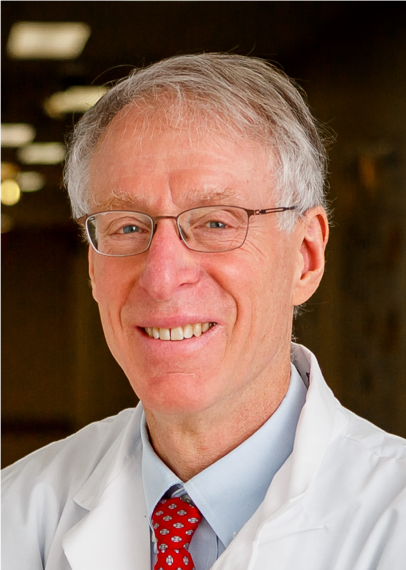
Director, National Center for Adaptive Neurotechnologies
Wadsworth Center, Albany, New York
Title: Neurorehabilitation in the 21st Century: Managing Plasticity
Dr. Wolpaw is the Director of the National Center for Adaptive Neurotechnologies, which is funded by NIH and is located at the Wadsworth Center of the New York State
Department of Health in Albany. He is a neurologist who has been engaged in basic and clinical neuroscience research for 40 years. He and his colleagues developed and are using operant conditioning of spinal reflexes as a model for exploring the plasticity underlying learning and, most recently, as a new therapeutic approach to improving functional recovery for people with spinal cord injuries and other disorders. In addition, since 1990 he has led development of EEG-based brain-computer interfaces (BCIs) that can restore communication and control to people who are paralyzed by ALS or other disorders, and may also enhance neurorehabilitation. He was the first President of the newly formed BCI Society. Dr. Wolpaw’s research group has been funded for many years by NIH, other federal agencies, and a variety of private foundations, and has received numerous national and international awards.
More information will be published soon.
